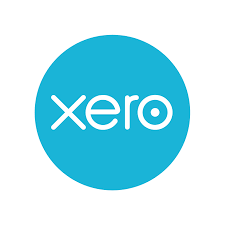After being announced in March’s Spring Statement, changes to National Insurance contributions (NICs) have now come into effect.
Payments for NI increased in April this year to take the health and social care levy into account, but now the payment threshold has changed, which will mean a change to the amount someone earns before making their NICs.
Here’s what you need to know about the changes to NI this July and how they’ll affect you.
New rates and thresholds
As mentioned, NIC payments were increased on 6 April from 12% to 13.25%, with the additional 1.25% coming from the health and social care levy.
This meant people earning above £4,189 a month would start seeing deductions of 3.25% instead of 2% in NICs.
Now that 6 July has passed, people will start paying slightly less NI due to the rise in the threshold.
The previous threshold of £9,880 has now been increased to £12,570, bringing it in line with the personal allowance, meaning workers will have an extra £2,690 to earn before making NIC payments.
The Government has said that 30 million people will be set to pay less NI, benefitting from an average of £330 per year extra in their salaries.
Increases in NICs have affected employers as well. With the health and social care levy, employer contributions rose to 15.05%.
Because there have been two different rates of NICs over the year, contributions will change for each pay bracket.
Higher-paid workers will pay more NICs than in the tax year 2021/22.
| Annual salary | NICs in 2021-22 | April NICs | July NICs |
| £20,000 | £1,251 | £1,340 | £984 |
| £30,000 | £2,451 | £2,665 | £2,309 |
| £40,000 | £3,651 | £3,990 | £3,634 |
| £50,000 | £4,851 | £5,315 | £4,959 |
| £60,000 | £5,078 | £5,667 | £5,311 |
| £70,000 | £5,278 | £5,992 | £5,636 |
| £80,000 | £5,478 | £6,317 | £5,961 |
| £90,000 | £5,678 | £6,642 | £6,268 |
| £100,000 | £5,878 | £6,967 | £6,611 |
While most will see a decrease in the NICs they pay, industry professionals don’t believe it’s far enough.
Tina McKenzie, policy chair for the Federation of Small Businesses (FSB), said:
“It’s right that the government ensures employees and sole traders can keep more of what they earn.
“That said, memories haven’t faded of the tax hikes that landed in April, which today’s changes only partially unwind. These adjustments shouldn’t be seen in isolation; we still face a higher tax burden than we did in March.
“Higher employer NICs rates still mean less money in the economy for pay rises, let alone sustainable investment, recruitment and discretionary spending.”
Future changes
As of April 2023, NICs will revert to 12% for employees, but the 1.25% from the health and social care levy will be charged separately, becoming its own tax rate.
This will affect pensioners, specifically those working after the state pension age. Currently, anyone working over the age of 66 (the current retirement age) doesn’t have to pay NICs, but from April 2023, the new levy will be deducted from their wages.
If you’re unsure how the changes to NICs will affect you, the team at Harries Watkins Jones can answer any of your questions.


